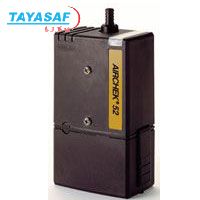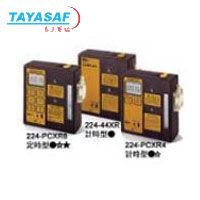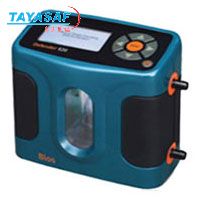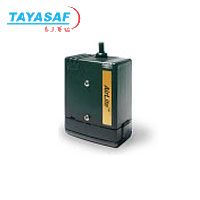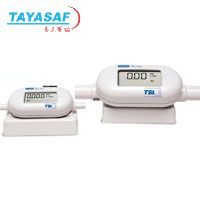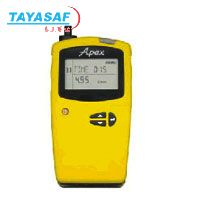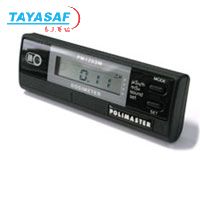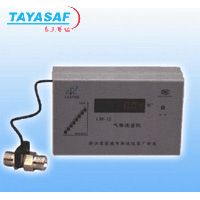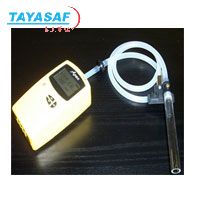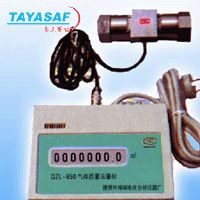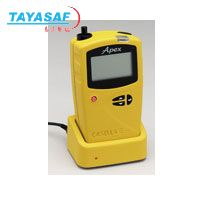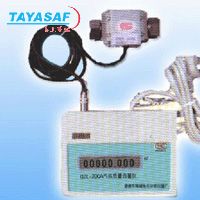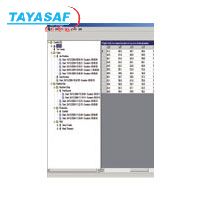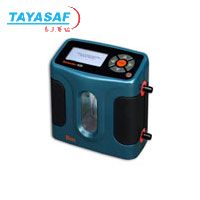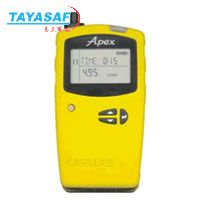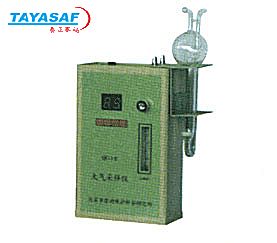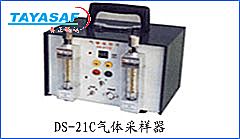-
Ӳ�ȼ� |
������Ӳ�ȼ� |
����Ӳ�ȼ� |
����Ӳ�ȼ� |
����Ӳ�ȼ� |
ά��Ӳ�ȼ� |
��Ӳ�ȼ� |
����Ӳ�ȼ� |
̽���� |
�ŷ�̽���� |
������̽���� |
Ϳ������ |
����������� |
������ |
��������� |
�ֲڶ��� |
������ |
���������� |
Һ�������� |
Һ�������� |
������ |
Һλ�� |
������Һλ�� |
��� |
������ |
��������� |
���� |
������ |
Ԫ�ط����� |
ú�ʷ�����
�繤�DZ� ʾ���� | ����ʾ���� | ����ʾ���� | ���У�� | ǯ�α� | ���ñ� | �������ñ� | ѹ��У���� | Ƶ������ | �¶�У���� | �̵籣�������� | ���ʼ� | ��ʼ� | �������������� | �źŷ����� | �����źŷ����� | ��Ƶ�źŷ����� | ��������
�������� ������������ | ��������������� | ��������� | ��ȼ�������� | ���������� | ����β�������� | �ĺ�һ�������� | ��������� | ��ȩ����� | ¶���� | ¶������� | �̳������� | �����©�� | �������� | ��������� | ������̼����� | һ����̼����� | ������������ | ��������� | ���������� | ���������� | ��ȼ� | �絼���� | �ܽ����� | �Ƕ��� | COD������ | BOD������ | ����Ũ�ȼ� | ˮ�ֲⶨ�� | ��ʪ���� | ��ż���� | ������ | �նȼ� | �۳������ | ��ѹ�� | ������
ʵ�������� ��Һ�� | ���Ļ� | ��������ϴ�� | ���������� | ����ˮ�� | ��ѹ����� | ����ˮ�� | ������ | ��ո����� | �ķ������ | ������ | ������ | �ߵ��������� | ���������� | ���������� | ������̼������ | ����¯ | ����¯ | ��������̨ | ø���� | ������ƽ | ��ת������ | ��תճ�ȼ� | �ֹ��ȼ� | ����ֹ��ȼ�
������̽ ��Զ�� | ҹ���� | ȫվ�� | ˮ�� | �������� | ���¹���̽���� | ���¹��ϲ����� | ��Ե��������� | �ӵص��������
mor��ҵƷ ���屣������ | ����̽���� | �������� | ������� | ������ | ��ȫЬ

 ̩������ ���� �������ȵļ���������ɹ�Ӧ��
̩������ ���� �������ȵļ���������ɹ�Ӧ�� 


 ����ǰ��λ�ã�
����ǰ��λ�ã�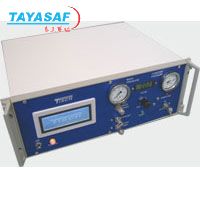

 ����Ա�
����Ա�

